Last Week in Collapse: June 15-21, 2025
Geoengineering hopes, deforestation, overlapping massacres, crumbling peace worldwide, stagnating economies, and American bombing in Iran. We can’t borrow or bluff our way out of this predicament.
Last Week in Collapse: June 15-21, 2025
This is Last Week in Collapse, a weekly newsletter compiling some of the most important, timely, useful, soul-crushing, ironic, amazing, or otherwise must-see/can’t-look-away moments in Collapse.
This is the 182nd weekly newsletter. You can find the June 8-14, 2025 edition here on Reddit if you missed it last week. Thank you for subscribing to the Substack.
——————————
A study of tree rings, published in Nature Communications Earth & Environment, concluded that the Amazon seeing “wet season rainfall increased by 15–22%, and dry season rainfall decreased by 8–13%.” The intensification of extreme precipitation & lack thereof has been ongoing since at least the 1980s. Some experts believe “the {Amazon rainforest} system could be close to a ‘critical transition’, interpreted as irreversible large-scale forest loss due to the interactive impacts of deforestation, heat and drought on local climate.”
29 more people died from flooding in Kinshasa (pop: 18M) early last week. USAID cuts appear to have defunded a Jane Goodall Institute project in Tanzania of about $18M. A PNAS study found that atmospheric waves connected to “summer extreme weather events” has tripled in the last 75 years, and is “closely tied to amplified Arctic warming and land–sea thermal contrast.” The scientists conclude that “it is likely that models are underpredicting the potential increase, indicating even greater risk of persistent extreme summer weather events with ongoing warming.” Experts say that wildfires are becoming more common, and that extreme fires will become about 20% more common by 2050.
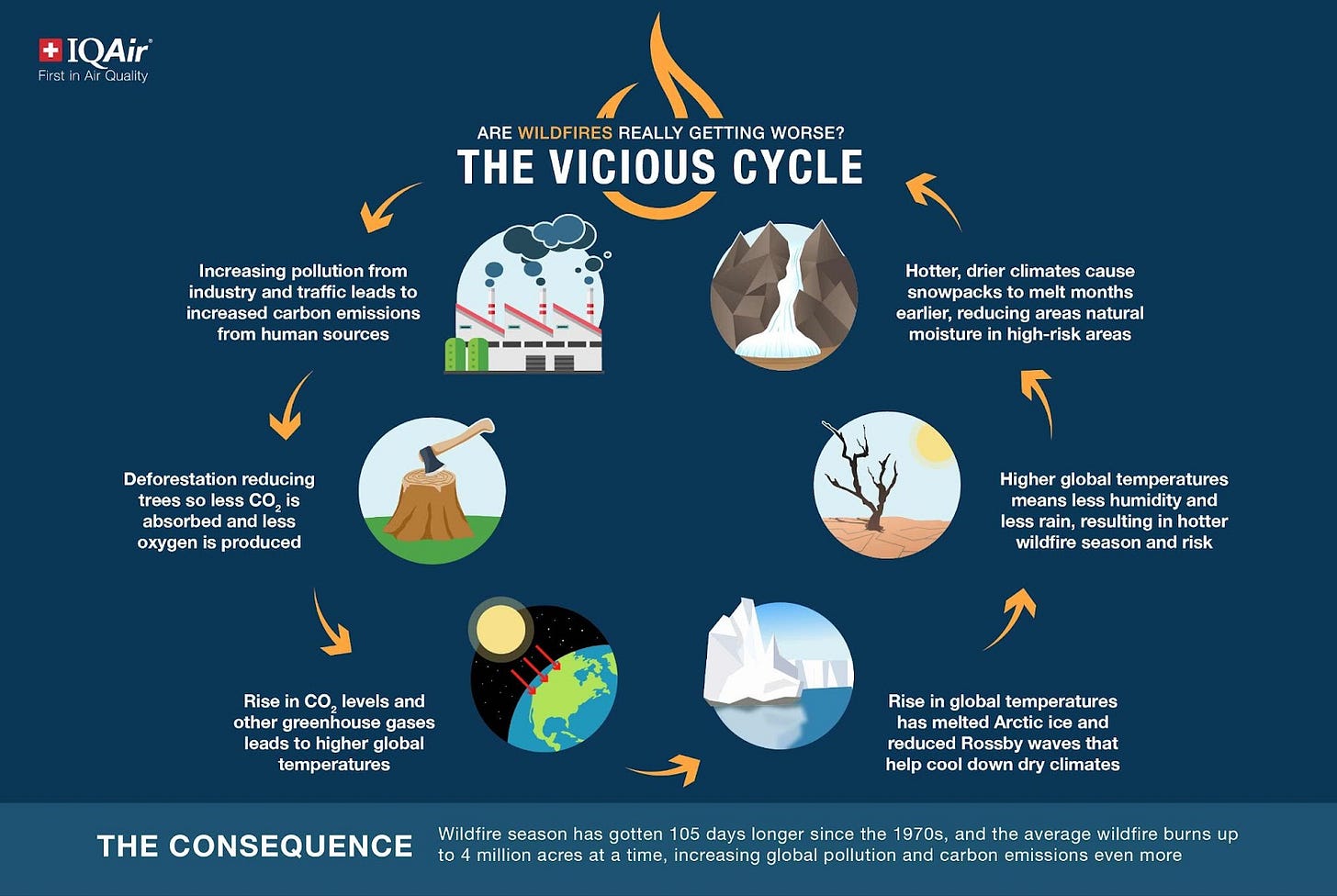
Recent research into CO2 removal-methods which could be deployed in the oceans found that these methods would further deoxygenate the oceans, which have already lost 2% of their oxygen in recent decades. The study examined “ocean fertilization, macroalgae cultivation and sinking, and placement of organic matter that is prone to remineralization” as ways to potentially sequestered carbon in the ocean. The experts conclude, “We currently lack a reliable path for reaching promised climate targets.”
“A small oil spill” happened after two oil tankers collided in the Gulf of Oman last week, allegedly the result of a deck fire and a navigational problem. A recent, not-so-optimistic study determined that “humans and wildlife are likely to become more exposed to diarrheic toxins” as a result of algal blooms at high latitudes, as a result of warming ocean temperatures. Meanwhile, a British High Court ruled that several Nigerian communities can take Shell Oil to court……in 2027.
Summer is here. A heat wave in England & Wales, reaching 32 °C, is expected to kill about 600 people across the regions. Temperatures surpassing 100 °F (37 °C) are moving through the U.S. East Coast, and are expected to linger through next week. One factor for our warming planet is a reduction in storm clouds—from 1.5% to 3% per decade—according to a study from earlier this month.
When did the (proposed) Anthropocene epoch begin? Another theory has emerged from a group of scientists, who posit a date of about 1610. The (pre-industrial) year is not specific, but refers to the “Orbis Spike,” a moment in history where the Columbian Exchange had been fully felt, more or less, across the planet. Smallpox had ravaged across North & South America, the exchange of many key species had been carried out, and carbon in the air was dropping because of the reduction in global population and rewilding of abandoned farm fields. Formal declaration of a new epoch must be done by a number of scientific committees, and is not very likely within the next 5 years—not least because nobody can agree on a year.
Another candidate is the year 1885, which a new study in PNAS suggests is, roughly, when “a discernible human influence on atmospheric temperature” began. “Pronounced cooling of the mid- to upper stratosphere, mainly driven by anthropogenic increases in carbon dioxide, would have been identifiable with high confidence by approximately 1885….it still would have been feasible to detect human-caused stratospheric cooling by 1894, only 34 y after the assumed start of climate monitoring. Our study provides strong evidence that a discernible human influence on atmospheric temperature has likely existed for over 130 y.”
A study predicts a doubling of Alpine flash flooding, “extreme rainfall levels,” in a world with 2 °C warming, when compared with the 1990-2020 average “extreme short-duration rainfall events.” Another study determined that “Arctic peatlands will remain a carbon sink in the near-term in response to anthropogenic warming, but that Arctic peatlands may become a carbon source from mid-century, linked to moisture changes (drying), permafrost thaw, and associated vegetation community changes.” Yet another study restated what we already know: it is increasingly likely that Greater London will see 40 °C (104 °F) summer days more often as the world warms. The Met Office says that 45 °C (113 °F) temperatures are already possible, along with heat domes that could last for a month.
Many people consider the depletion of easy-to-access fossil fuels an inevitability. An analysis was made of the carbon emissions that would/will be made if the top 200 global energy companies’ reserves were burnt, and the authors determined that “offsetting emissions from {almost all known} fossil fuel reserves would require covering an area the size of North and Central America solely with trees” and displace all human activity. “The burning of fossil fuel accounts for 94% of global fuel emissions (cement and other industry uses make up the rest) and the burning of fossil fuel represents 89.6% of global emissions.” The authors propose a carbon tax of over $150 per tonne of CO2.

The Swiss Academy of Science reported record Swiss permafrost warming since they began collecting data 160 years ago. A heat wave brought ~43 °C temperatures to Morocco and Spain.
A report from last month claims that Latin America is losing forests faster than much of the world—and wildfire is mostly to blame (logging and agriculture are also major factors). Brazil & Bolivia in particular lost a large amount of “tropical primary forest” from 2023 to 2024.
Arctic sea ice hit new record lows on Friday. New monthly temperatures were set across Siberia, with temperatures almost hitting 40 °C in some places. Monsoon rains killed at least four in parts of India, and infrastructure damage from flash flooding reached Nepal as well.
As scientists urge exploration into the promises of geoengineering, China’s scientists are reportedly accelerating efforts to protect their ancient glaciers. China first began “artificial snow enhancement” in January. The practice is basically cloud-seeding with silver iodide, in order to cause snowfall in certain regions.
e are still talking about 1.5 °C like it is possible to keep warming below this milestone. In Syria, a brutal Drought has already wrought devastation to grain harvests.
A survey of private wells across Pennsylvania found that “65% of the private wells were found to have detectable levels of PFAS.”
Bird flu has been declared gone from Brazil’s commercial flocks of poultry. Epidemiologists are baffled for why there hasn’t been another human case of bird flu in the last 3 months. Meanwhile, another human case of bird flu was confirmed in Cambodia, in a man who later died. Experts say that we should still pay attention to avian flu despite it seemingly going off the front page.
Despite pressure to green their energy sources, India and China are maintaining a strong dependency on coal—driven by the fear of unrest caused by load-shedding and irregular power outages. Although energy production through oil may be decreasing as a percent of some countries’ energy profile, economists still fear the possibility of a global shock caused by oil (or LNG) shortages—not least because of recent events in Iran.
As over 100M people are now using the buy-now-pay-later app/service Klarna, some economists are trying to sound the alarm about an economy so weak that people are financing food orders over several payment installations. The EU is meanwhile bringing back securitization, and allowing the bundling & sale of debts with less collateral. This practice—the sale of risky debt packages—was a key trigger of the 2008-09 financial crisis.
Global uncertainty over tariffs and other factors like inflation are driving up prices and causing delays—and also resulting in front-loading of orders by companies anticipating further trade troubles. US trade figures are declining month-on-month. Readjusted projections now estimate Social Security & Medicare to be unable to pay full benefits as early as 2033.
Boston rat populations have been found to mostly carry the tropical disease leptospirosis, which is moving as global temperatures warm. Yellow fever is spreading in Brazil—and experts are also concerned about the northward migration of the disease to the United States in coming decades (and a lack of vaccine stockpiles & confidence in the U.S.). But at least the U.S. approved an anti-HIV drug that could offer protection for six months at a time.
The new-ish variant of COVID, NB.1.8.1, codename “nimbus,” is surging across Asia, and is predicted to come in summer waves to Europe and the U.S. More research on Long COVID suggests that bad mental health and sleep troubles may put you at a higher risk of developing Long COVID.
Researchers made a counterintuitive discovery: glass bottles contain more microplastics (50x more) than plastic or metal containers. The predominant microplastic was polyester. Other research into microplastics on the U.S. east coast linked microplastics with type 2 diabetes, stroke, and coronary artery disease.
A 206-page essay-based study published a couple weeks ago found all-around decreased cognition abilities among people (especially children) heavily dependent on ChatGPT. They conclude that “over the course of 4 months, the LLM group's participants performed worse than their counterparts in the Brain-only group at all levels: neural, linguistic, scoring.” I did not have the time to skim this study in any detail. Meanwhile, while we weren’t paying attention, one of the largest data breaches of all time happened a few days ago, “potentially the largest credential leak in history, with unprecedented implications for global cybersecurity.”
——————————
In Cambodia, tensions and protests are growing with Thailand, where trade has partially stopped, Thai television has been banned, and land crossings limited—following a deadly exchange of gunfire last month. Anti-tourism protests swell in Barcelona, fueled by people priced out of their historic homes and lifestyles. Overtourism, meanwhile, also is damaging the ecosystem around Mt. Everest, where 3,000+ climbers arrive every day during high season—more than two every minute. In Panama, civil rights are being suspended, and arrests made without warrants, following protests over pension reform. Protests in Kenya following the police killing of a blogger.
Following orders to leave the country made days earlier, arrests and deportations escalate in “sanctuary cities” in the United States; the Supreme Court has allowed President Trump to keep command of the mobilized National Guardsmen. Hundreds of Muslim Indians were deported to Bangladesh at gunpoint, according to reports.
Mad Max is already here, it’s just not evenly distributed (yet). Reports of 200+ armed men on motorbikes stormed into an army base in Niger, killing 34+ soldiers. Massacres of herders in Nigeria are reported to have killed 200+ people in the last week, driven by resource competition and honor among rival tribes in a drying land. Uganda’s president is opening the door to military tribunals for civilians found with military equipment.
Persecutions of aid workers and other activists in Sudan, mounted by both sides, intensify famine and extend the seemingly endless civil War. Now Kenyan weapons have been discovered to supposedly be fueling rebel forces—after earlier reports claimed the UAE and eastern Libya were aiding the rebel armies. In a moment of hope, peace negotiations took a large step forward between the DRC and Rwanda, signaling a possible end, or deescalation, of violence in the eastern DRC.
Iran’s Monday airstrikes against Israel killed at least 5, injuring 90+ others. By last Sunday, 224+ Iranians had been slain by Israeli strikes against Iranian locations, including several top Iranian officials. A couple days later, an updated count reported 24 dead inside Israel from Iran’s attacks. On Friday, strikes on Haifa (pop: 300,000), Israel injured 45.
Fordo. Isfahan. Natanz. These are the three locations in central Iran which the U.S. struck just hours ago, in the wee hours of Sunday morning. These nuclear sites are said to be enriching uranium that would help Iran achieve atomic weapons—allegedly within months. The attack used a combination of submarine-launched Tomahawk missiles and bunker-buster bombs dropped from B2 stealth bombers, reportedly capable of hitting targets 60m (almost 200 feet) underground. The number of dead from these strikes—and the response from Iran and the rest of the world—remains to be seen. These strikes follow Israeli strikes a few days prior which targeted centrifuges (which enrich uranium) at Natanz.
Yet another shooting at a couple aid hubs in Gaza killed 30+ Palestinians. The next day, another shooting killed 51 more, wounding 200+. “It was a massacre,” said one survivor. Other killing at aid sites brought the death toll to 70 slain—the most deadly day at aid hubs in the War, so far. On Friday, more shootings at aid hubs killed 23+ others. Some experts are suggesting deploying UN peacekeepers to Gaza & Sudan to ensure security at aid delivery locations.
A partially-paywalled batch of reports by a peace institute outlines a number of growing risks for international stability: the weaponization of AI, expanding arms transfers & production, China’s growing nuclear arsenal (and the modernization of other states’ nuclear tech), widespread failures of peacemaking, the militarization of space, biological threats, and more.
“The signs are that a new nuclear arms race is gearing up….All the nine nuclear-armed states continued to strengthen their nuclear arsenals in 2024 and some deployed new nuclear-armed or nuclear-capable weapon systems….China is in the middle of a significant modernization and expansion of its nuclear arsenal….China’s nuclear arsenal increased from 500 warheads in January 2024 to up to 600 in January 2025….India and Pakistan continued to develop new types of nuclear weapon delivery system in 2024, and both are pursuing the capability to deploy multiple warheads on ballistic missiles….India appears to be placing growing emphasis on longer-range weapons capable of reaching targets throughout China…..North Korea’s nuclear weapon stockpile is expected to grow in the coming years….Global military spending has increased every year for the past decade….AI models could help malicious actors to access critical knowledge to develop and use prohibited weapons (i.e. chemical, biological, radiological and nuclear weapons)....An emerging trend is the growing importance of critical minerals both as a key component of military hardware and as a source of potential armed conflict….In sub-Saharan Africa greater food and water insecurity, loss of livelihoods, additional pressure on natural resources, growing water scarcity and more climate-linked human displacements contributed to increased violence….the daily death toll in Gaza in January 2024 (averaging 250 people killed per day) was surpassing any other major conflict of the 21st century {?}, with many more indirect deaths likely due to acute food insecurity and diseases…” -excerpts from the reports
In both the United States and in Australia, a majority of people now receive their news primarily from social media instead of traditional outlets. I wonder how this newsletter would be classified… The full 171-page report outlines the fragmentation of our information environment and the risks of large-scale (and targeted) disinformation. The primary reason people cite as the reason for avoiding reading news is that it impacts their mood negatively. The full report is quite interesting, even if it is not obviously Collapse-related.
Hundreds of drones and dozens of missiles struck Ukraine on Monday night/Tuesday morning, killing 15+ and wounding about 100 others during the 9+ hour bombardment. At the same time in Odesa, strikes slew one and injured 10 more. Meanwhile, 5,000 North Koreans are coming to Russia’s Kursk region, allegedly to help (re)build infrastructure—but the inclusion of 1,000 combat engineers suggests more.
It’s that time of the year again: the 122-page Global Peace Index report for 2025 is out—or the 4-page summary brief, also packed with graphics. Bangladesh in particular has seen their peace index deteriorate, falling 33 places among the 163 countries ranked. Iceland remains at #1, Canada tied at #14, Germany at #20, the UK at #30, the UAE tied at #52, Jordan at #72, Saudi Arabia at #90 (a jump of 14 places), China at #98, Egypt at #107, the USA remains at #128, Mexico at #135, Haiti at #141, Pakistan at #144, Palestine at #145, Israel at #155, and the DRC, Sudan, Ukraine, and Russia rounding out the #160-163 ratings in last place. Rising conflicts, both internal and external, are the primary reason for the deterioration of global peace, followed by investments in weapons, violent crime, and worsening overall international tensions.
“This is the sixth consecutive year that global peacefulness has deteriorated….The 2025 GPI finds that the world became less peaceful for the 13th time in the last 17 years….49 countries recorded an increase in conflict deaths in 2024….the continued intensification of terrorism in a small number of hotspots around the globe, most notably in the Sahel region of sub-Saharan Africa….In the past year, 74 countries recorded an improvement, while 87 countries recorded a deterioration in peacefulness….Europe is experiencing increasing social tensions and declining public trust in its institutions….Global stability has deteriorated over the past 17 years, marked by substantial increases in political instability, the number and intensity of conflicts, deaths from conflict, and increasing geopolitical fragmentation…..Global economic stagnation, increasing debt, and the weaponisation of economic interdependence via trade wars, are key factors shaping the economic landscape of geopolitics…The Global Peace Index ranks countries based on their levels of negative peace, defined as the absence of violence or the fear of violence. But the counterpart to this concept is Positive Peace, which refers to the attitudes, institutions and structures that create and sustain peaceful societies…” -selections from the report
“In the Sahel, instability and scarce resources are drawing in rival powers and fuelling a complex struggle for control…..The global economic impact of violence was $19.97 trillion in constant PPP terms in 2024, equivalent to 11.6 per cent of global GDP, or $2,455 per person….The world is facing a violent conflict crisis. There were 59 state-based conflicts in 2023, the highest number since the end of World War II….Countries facing the highest conflict risk factors are the Democratic Republic of the Congo, South Sudan, Syria, and the ongoing conflict between Ethiopia and Eritrea. All have current conflicts that could become substantially worse….While the expansion of telecommunications and social media offers unparalleled access to information, it is often accompanied by low-quality, inflammatory or partisan content, deepening social divides….South Asia recorded the largest average deterioration of all the regions….The 9.4 per cent increase in {military} spending during 2024 was the steepest year-on-year rise documented since at least 1988….The world appears to be at a tipping point, with many smaller conflicts threatening to erupt into larger scale conflicts…” -more excerpts from the report
——————————
Things to watch for next week include:
-Extreme humidity is coming to the eastern half of the United States, and elsewhere, according to meteorologist predictions. Extreme heat alerts are coming as well—some are already issued.
Select comments/threads from the subreddit last week suggest:
-3 °C of warming may be coming ahead of schedule, if this summary of an upcoming study in Global Environmental Change is as accurate as it is terrifying.
“Failing such an unprecedented technological change or a substantial contraction of the global economy, **by 2050 global mean surface temperatures will rise more than 3 °C above pre-industrial levels….fossil fuels’ CO2 accounts for 68 % of global emissions today and for only 49 % of cumulative emissions since 1820. The remaining emissions were generated by other activities, such as CO2 released by land-use change, or are due to other gases, mainly CH4 and N2O. Not counting these emissions misrepresents the history of climate change, as it ignores the part played by economic activities which decisively contributed to rising temperatures….The ‘rebound effect’ seems to have prevailed everywhere over the last two centuries: efficiency gains have been absorbed and outpaced by the growing scale of the economy. If the best performances from the past were replicated in terms of reducing carbon intensity, we would only maintain current emission levels, and thus temperatures would exceed the 3° threshold by 2050. Even if future efficiency gains manage to outshine all historical precedent, further ‘rebound effects’ will remain a risk and require novel agreements and policies….” -excerpts from the study
-People’s sense of meaning has Collapsed, according to this weekly observation on the state of modern culture. Agree or disagree?
Got any feedback, questions, comments, upvotes, heat wave tips, interviews, yoga advice, hate mail, etc.? Click here if you want to read the Reddit comments on this week’s long edition. As always, thank you for your support. What did I miss this week?





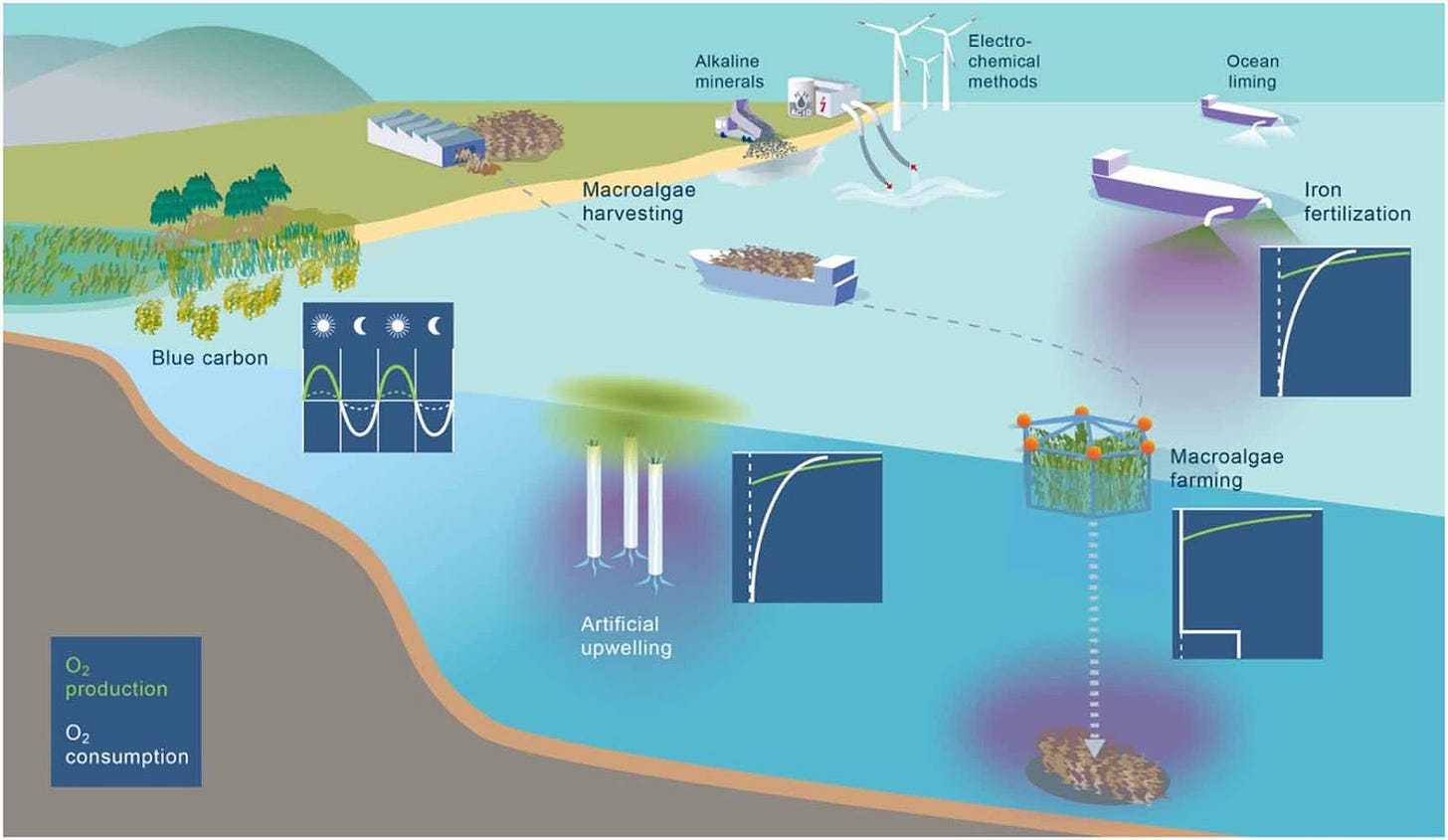
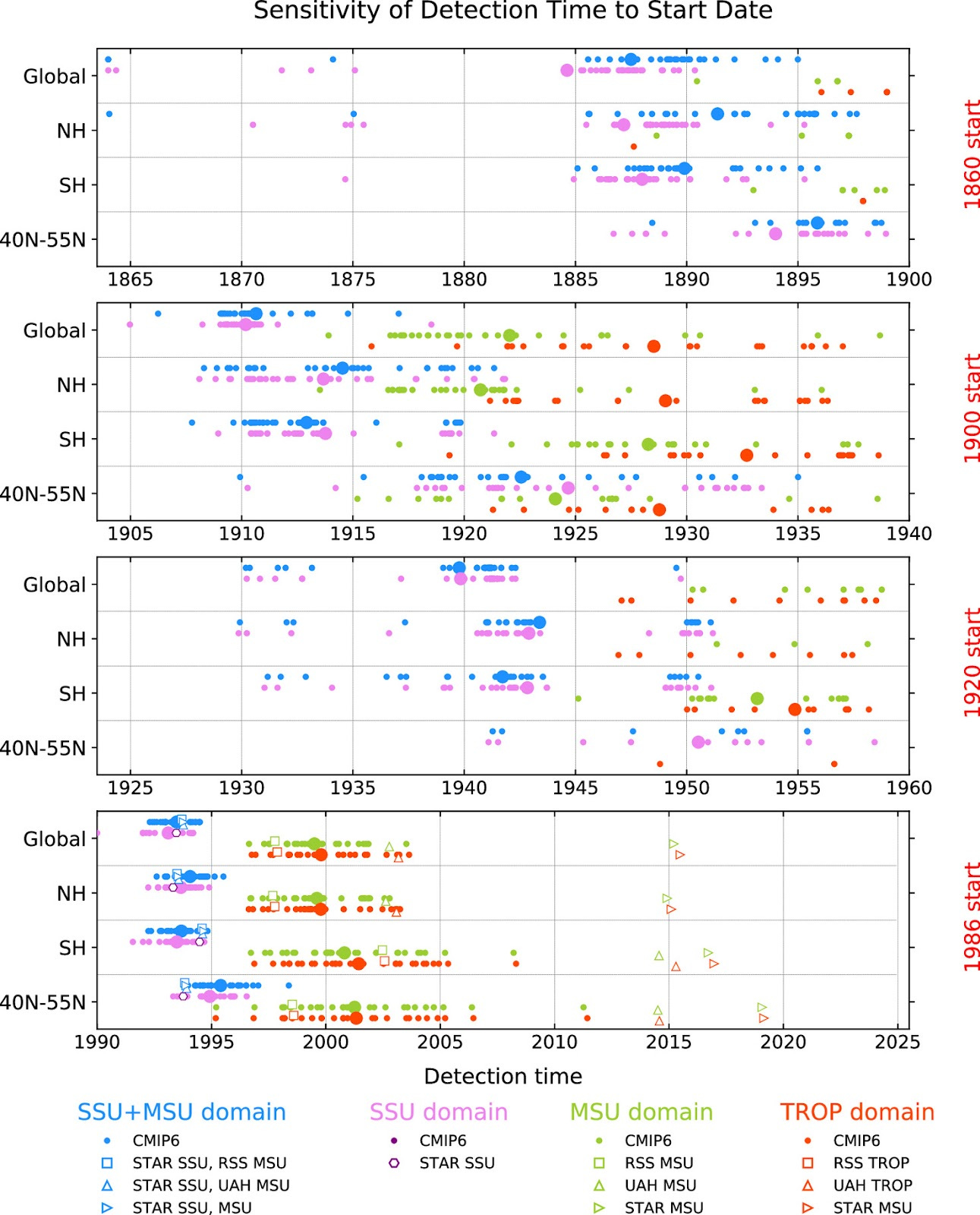
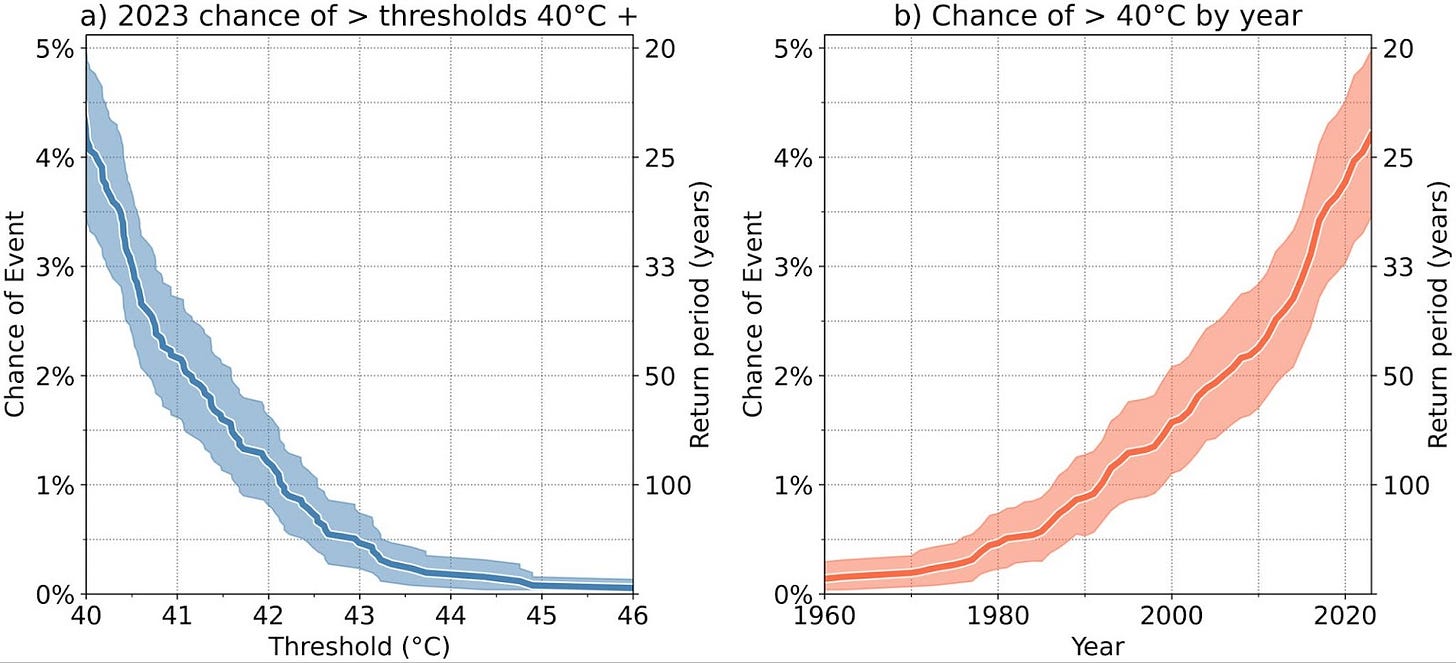



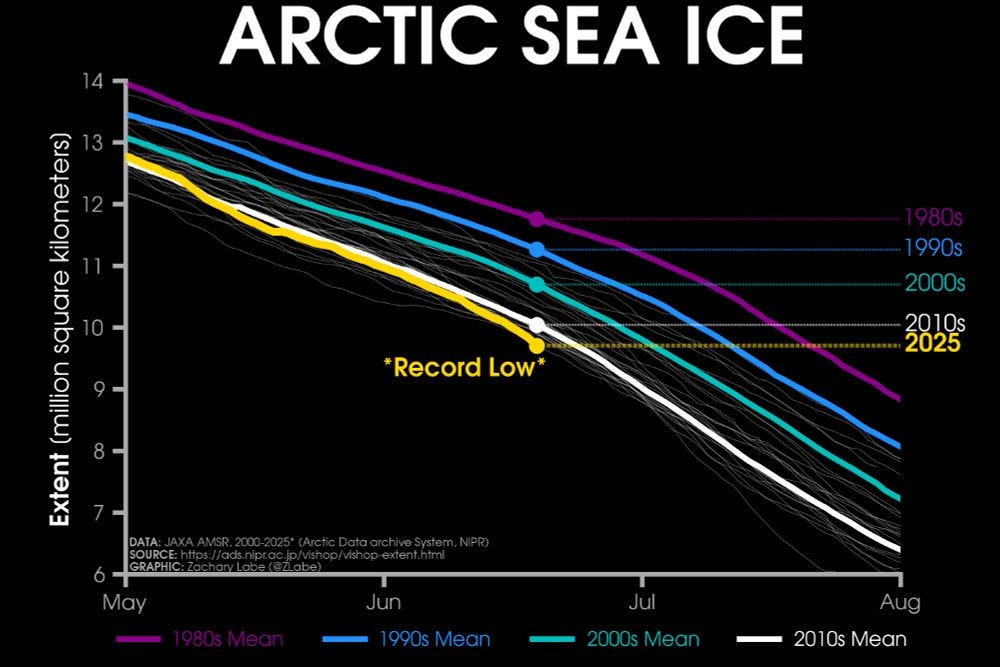
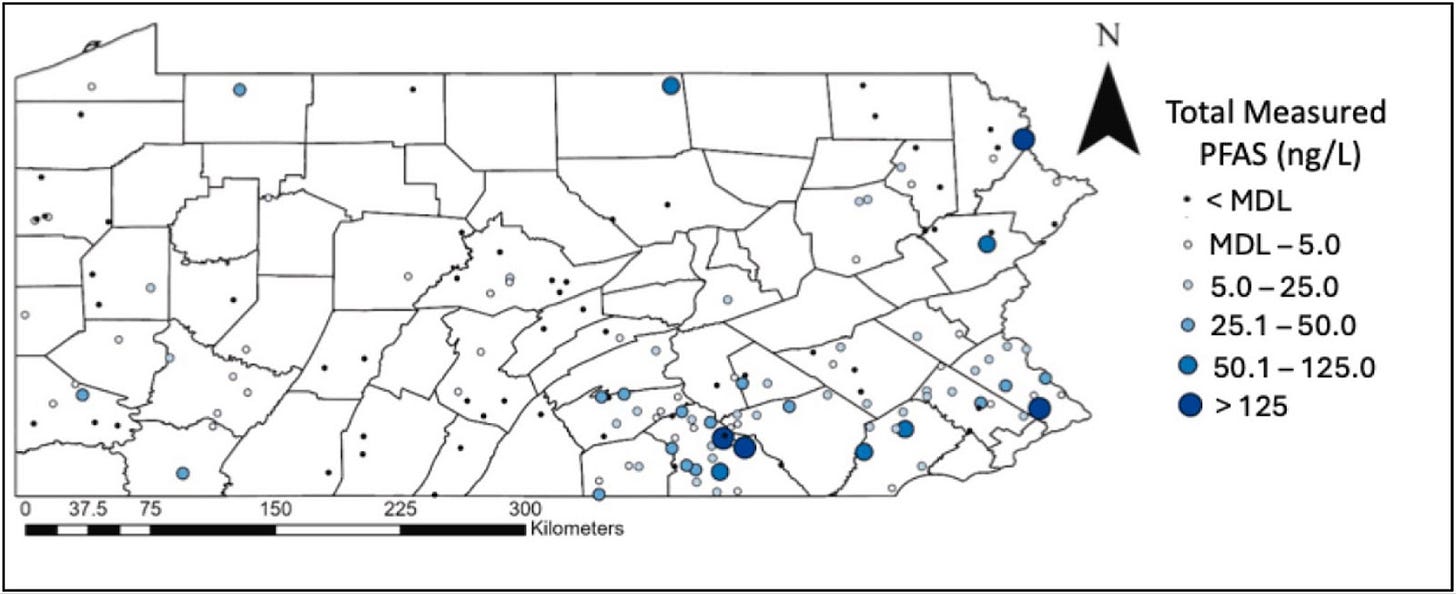
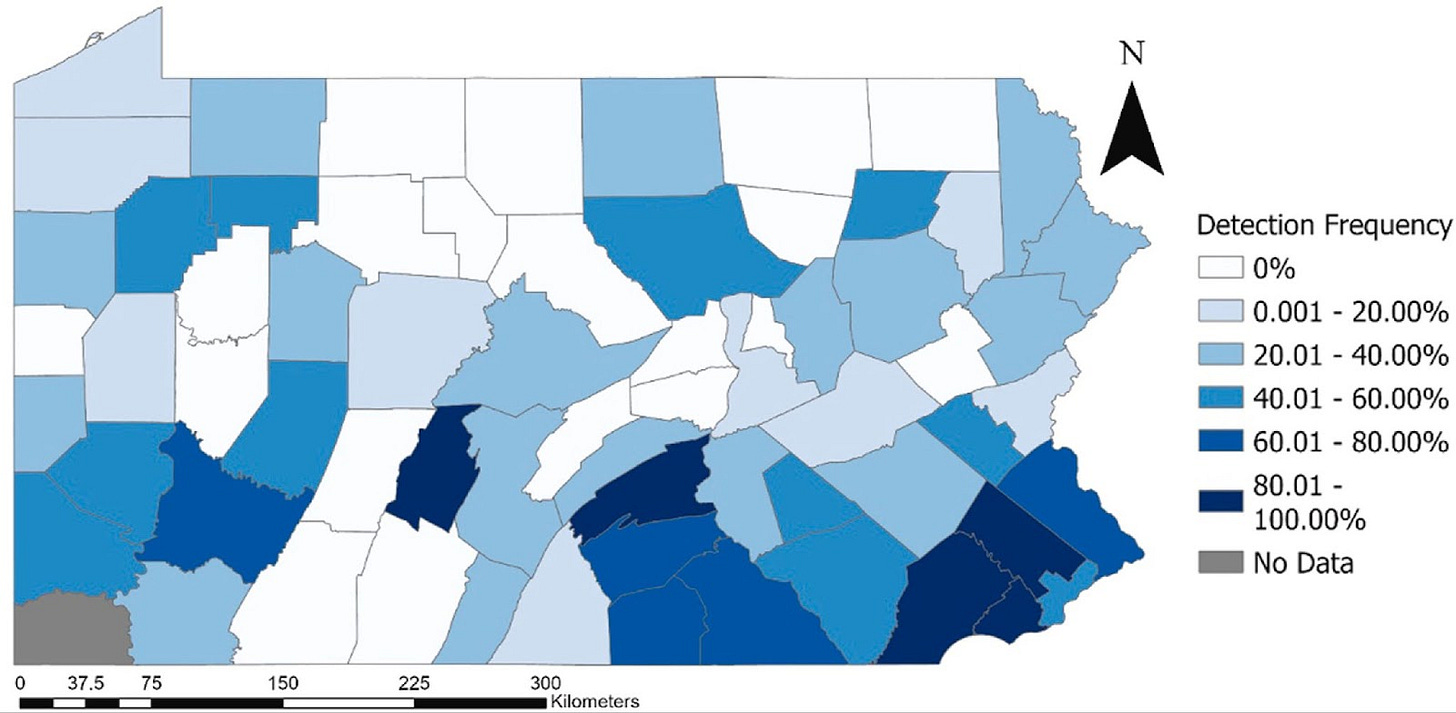

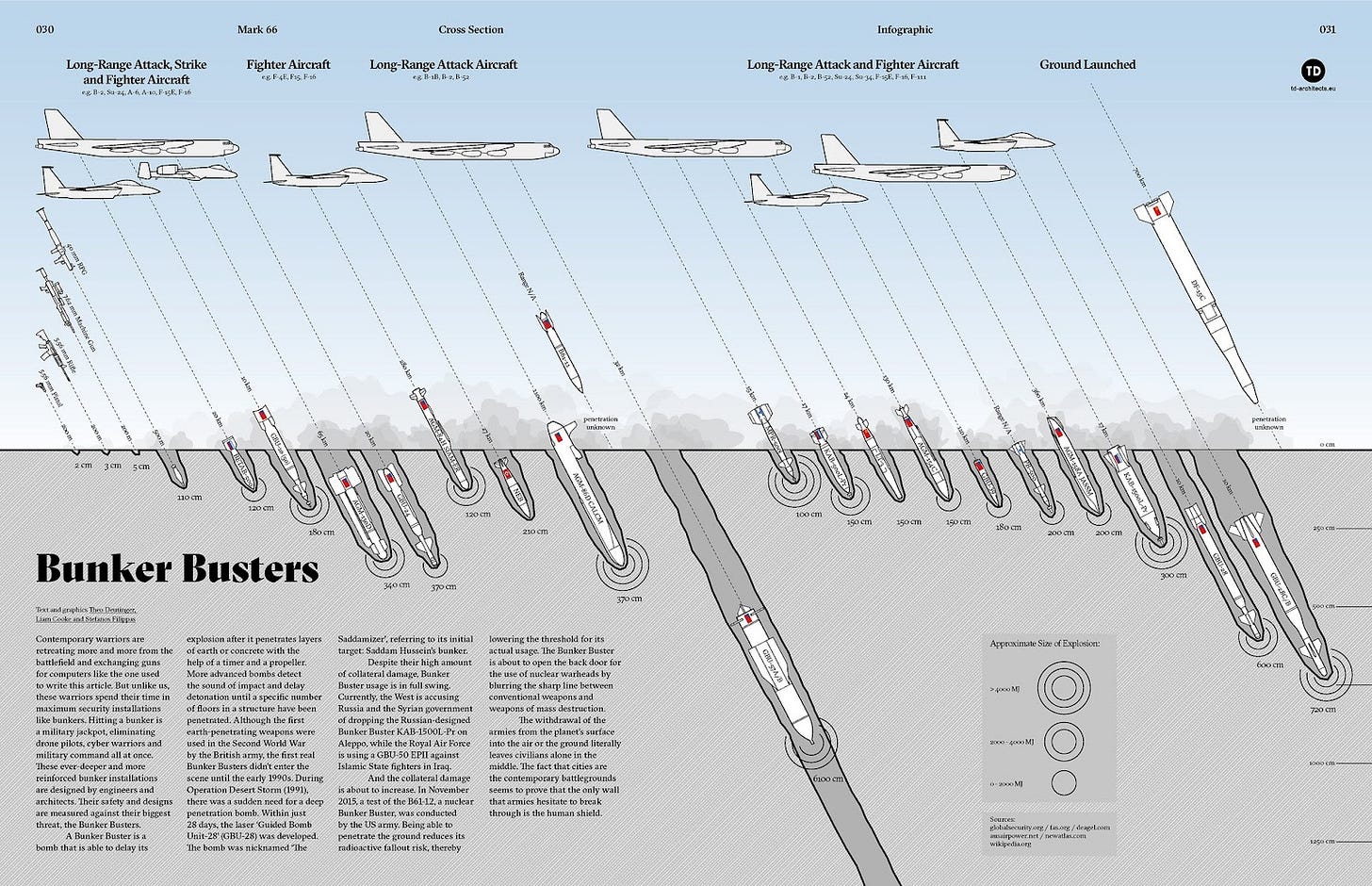










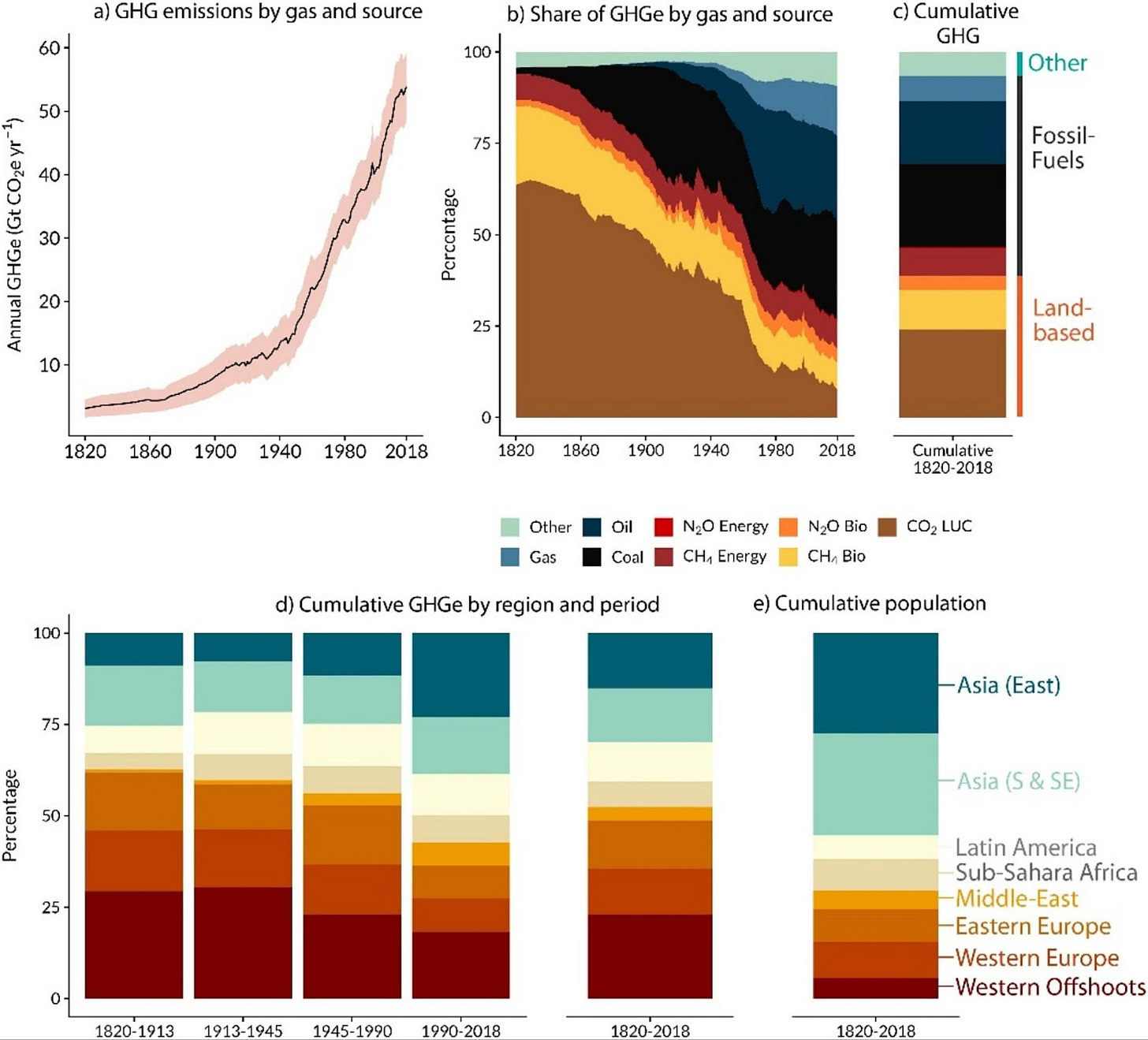
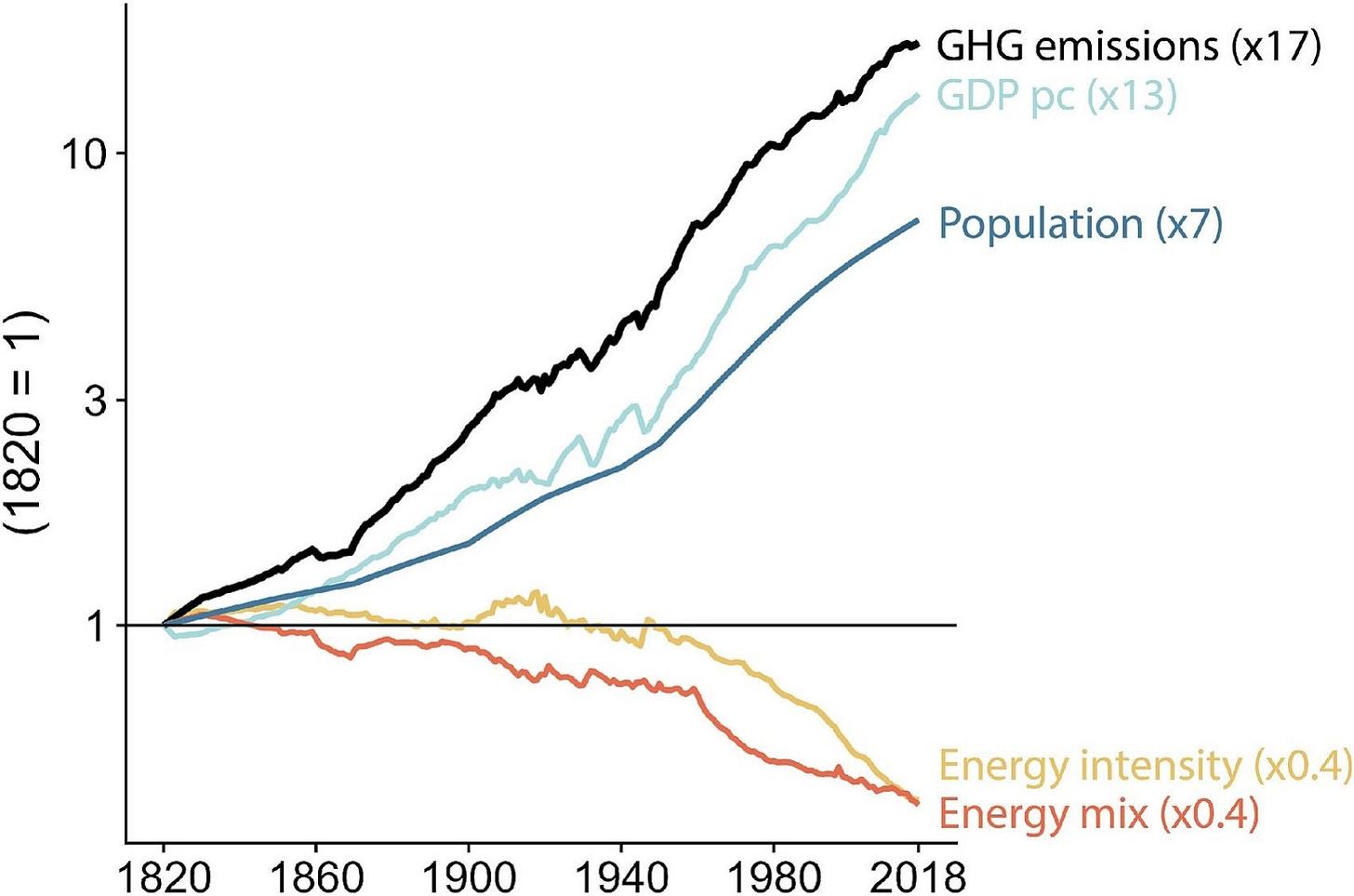
Real news requires a reference to a primary source, and you are doing that, when few other "social" media posters do. Thank you!